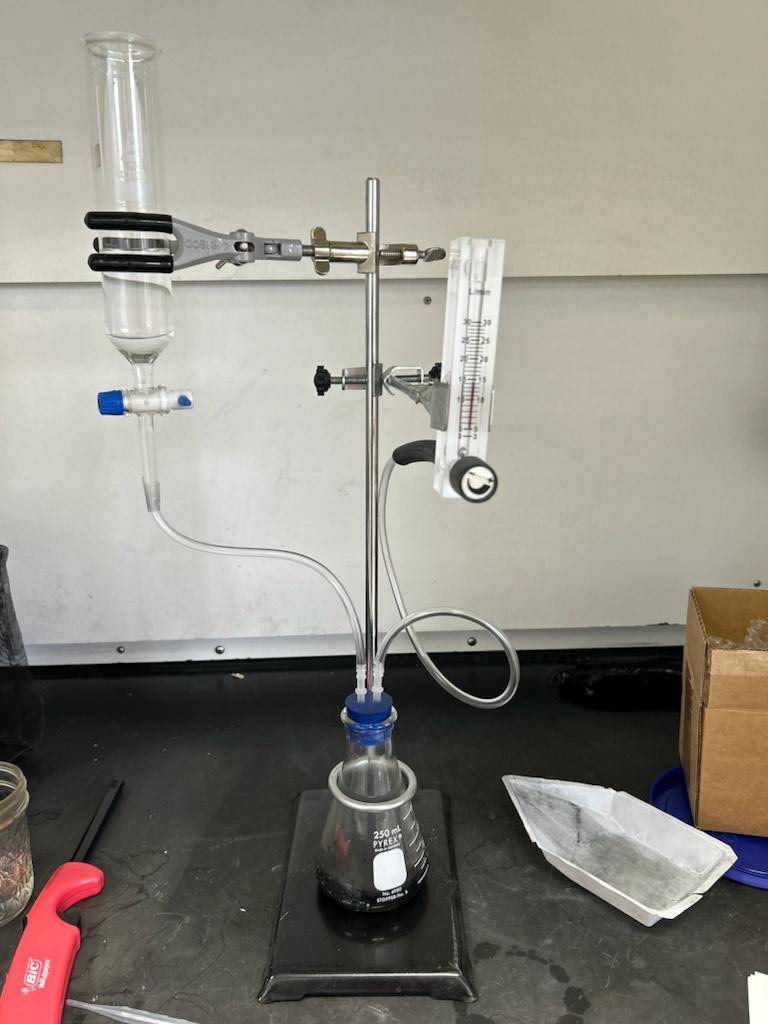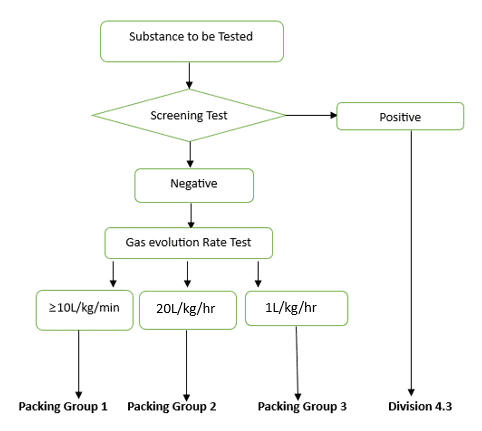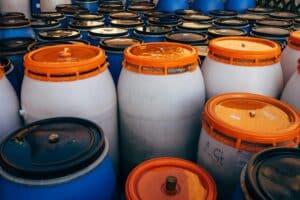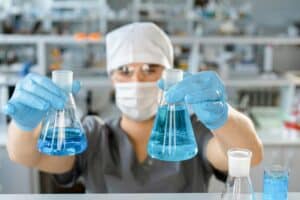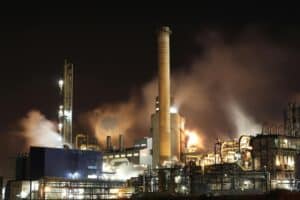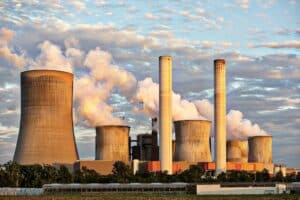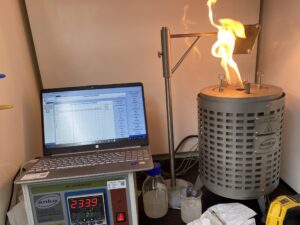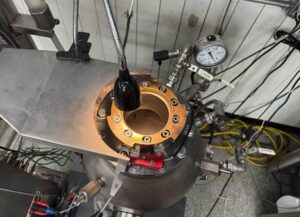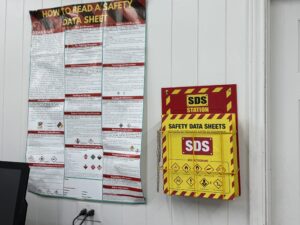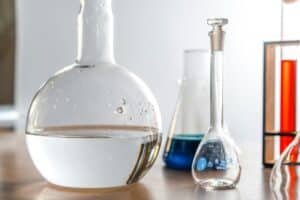We also offer
What Are Water Reactivity Tests?
Some materials react with water to release gases that may be flammable or dangerous. Water Reactivity Testing, also known as the Dangerous When Wet (DWW) Test, is designed to determine whether contact between a substance and water leads to the release of hazardous gases.
This test applies to both solid and liquid substances and is an essential classification criterion for identifying materials that could pose risks during storage, transport, or handling.
Testing Principle and Methodology
The standard recommendation is to test the material in its commercial form (as received). If there is uncertainty about test preparation, please contact Prime Process Safety Center for expert guidance.
-
A sample size of 100g is required to perform the test.
-
The procedure involves adding distilled water to the material to observe whether there is gas evolution and possible ignition.
Applicable Standard
The test is conducted according to:
-
UN/DOT Section 33 – Classification Procedures, Test Methods, and Criteria relating to Class 4, UN.5 Division 4.3
Test Method
The test consists of two stages:
-
Screening Test
-
A small sample (about 2 mm in diameter) is brought into contact with distilled water.
-
Observations are made for gas release and possible ignition.
-
If ignition occurs, no further testing is required, and the material is immediately classified as Division 4.3 (Dangerous When Wet).
-
-
Rate of Gas Emission Test
-
If no ignition occurs during screening, the test continues to measure the rate of flammable gas release.
-
The results determine the correct classification and packing group for safe handling.
-
Data Interpretation
A substance is classified as Division 4.3 if it meets any of the following criteria:
-
Spontaneous Ignition: The material ignites at any stage of the test.
-
Gas Evolution Rate: Flammable gas is produced at a rate greater than 1 L/kg/hour.
Packing Groups:
-
Packing Group I: Reacts vigorously with water at ambient temperatures, with gas evolution often leading to spontaneous ignition, or produces ≥10 L/kg/min of flammable gas.
-
Packing Group II: Reacts with water such that gas evolution is ≥20 L/kg/hour but does not meet Packing Group I criteria.
-
Packing Group III: Reacts slowly with water, producing gas evolution >1 L/kg/hour but not meeting criteria for Groups I or II.
When to Perform the Dangerous When Wet Test
We recommend the DWW test for substances known or suspected to react dangerously with water. Key scenarios include:
-
New Substance Identification
-
Classification and Labeling
-
Safety Data Sheets (SDS) Preparation
-
Risk Assessment and Safety Protocols
-
Transportation and Handling Precautions
-
Environmental Impact Assessment
Why Choose Prime Process Safety Center
Prime Process Safety Center is a leader in process safety testing with highly experienced laboratory personnel. Our commitment is to provide accurate, reliable, and defensible data that meets industry and regulatory standards.
We offer:
-
Expertise in performing Dangerous When Wet tests with consistent and reliable results.
-
State-of-the-art DWW testing equipment for precise and sensitive measurements.
-
Strict quality control protocols to ensure dependable test outcomes.
-
Professional interpretation and analysis of data, providing actionable insights for your specific application or research.
FAQ
What is the "Dangerous When Wet" (DWW) classification?
Answer: The DWW classification refers to substances or materials that pose hazards or react dangerously when they come into contact with water or moisture. This classification identifies materials that exhibit hazardous properties upon wetting.
Why is a substance classified as "Dangerous When Wet"?
Answer: A substance receives the DWW classification if it reacts violently, produces flammable or toxic gases, or poses other hazards upon contact with water. The classification warns handlers about potential risks associated with moisture exposure.
How is the DWW test performed on substances?
Answer: The DWW test involves exposing a sample of the substance to controlled amounts of water or moisture to observe its reactions. The test determines if the material exhibits hazardous properties, such as reactivity, flammability, or gas generation, when wet.
How is burn rate data utilized in practical applications?
Burn rate data obtained from testing is crucial for designing and developing propellants, explosives, and energetic materials. This data assists in optimizing formulations, predicting performance under various conditions, ensuring safety, and meeting regulatory compliance.
What types of substances are typically classified as "Dangerous When Wet"?
Answer: Substances classified as DWW can include reactive metals like sodium or potassium, chemicals generating flammable gases upon contact with water, pyrophoric materials spontaneously igniting, and other materials reacting dangerously when exposed to moisture.
What precautions should be taken for substances classified as "Dangerous When Wet"?
Answer: Handling, storage, transportation, and disposal procedures for DWW materials should involve specific precautions, including appropriate packaging, labeling, training for personnel, avoiding contact with water or moisture, and implementing emergency response plans.


